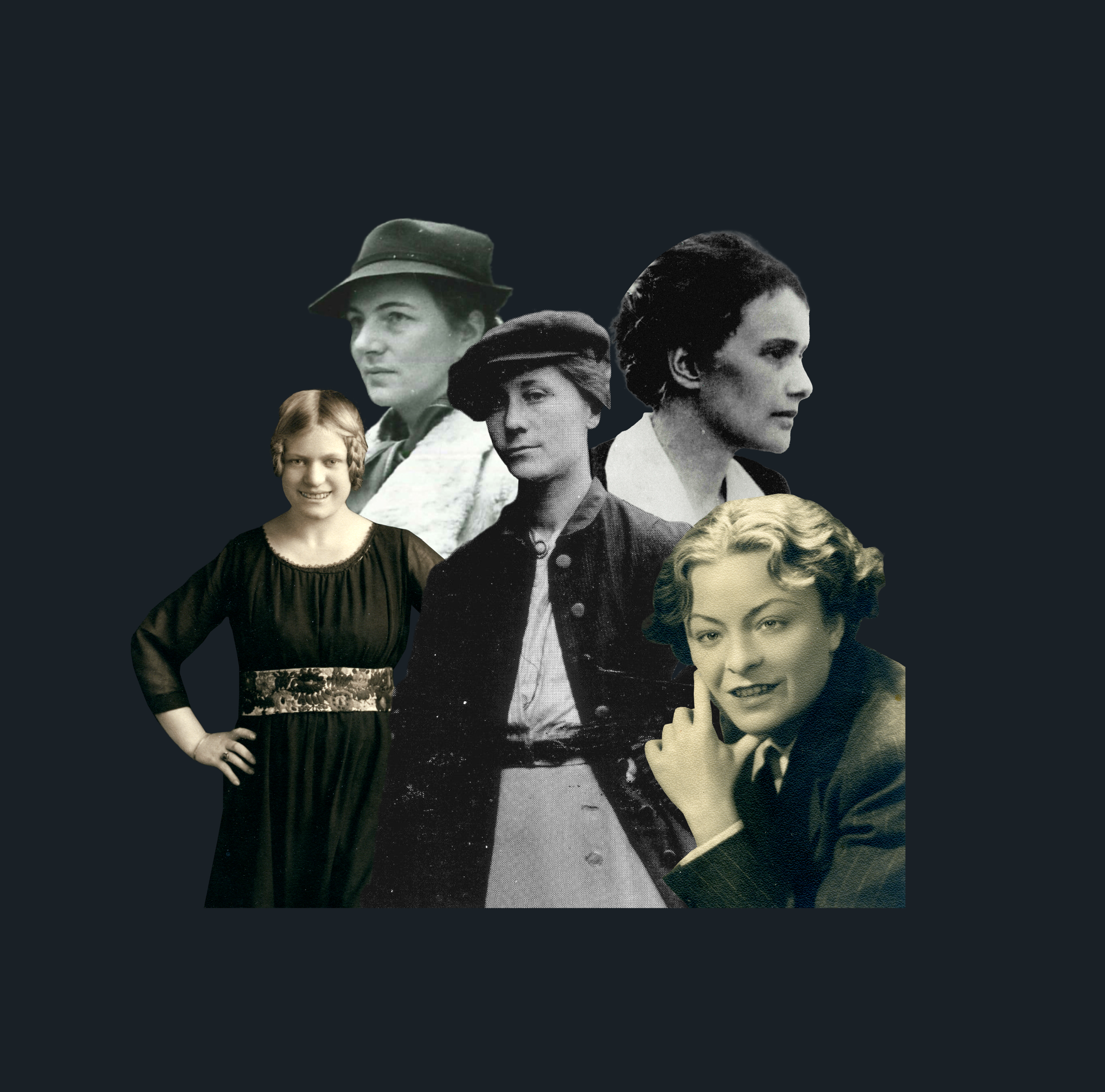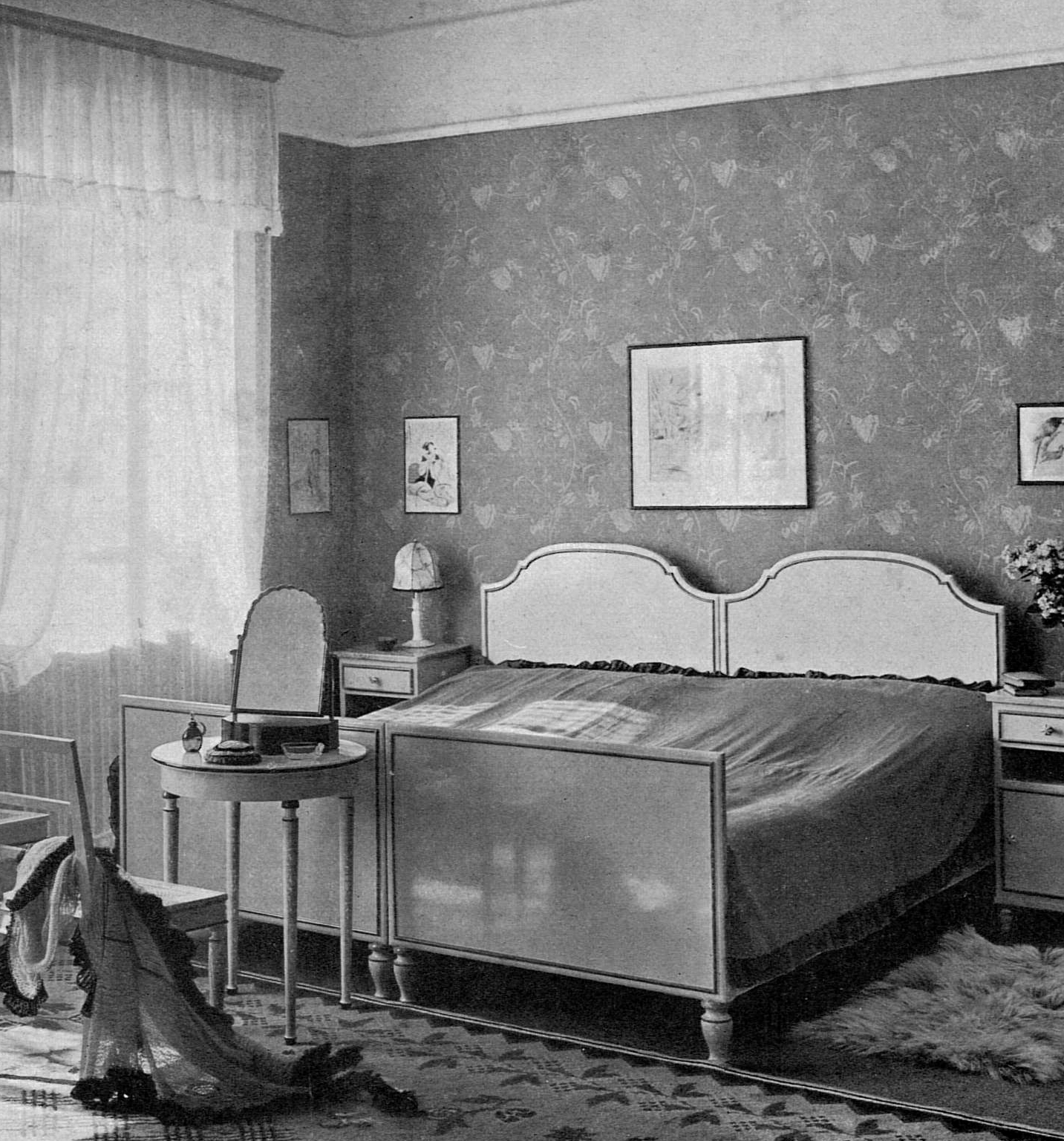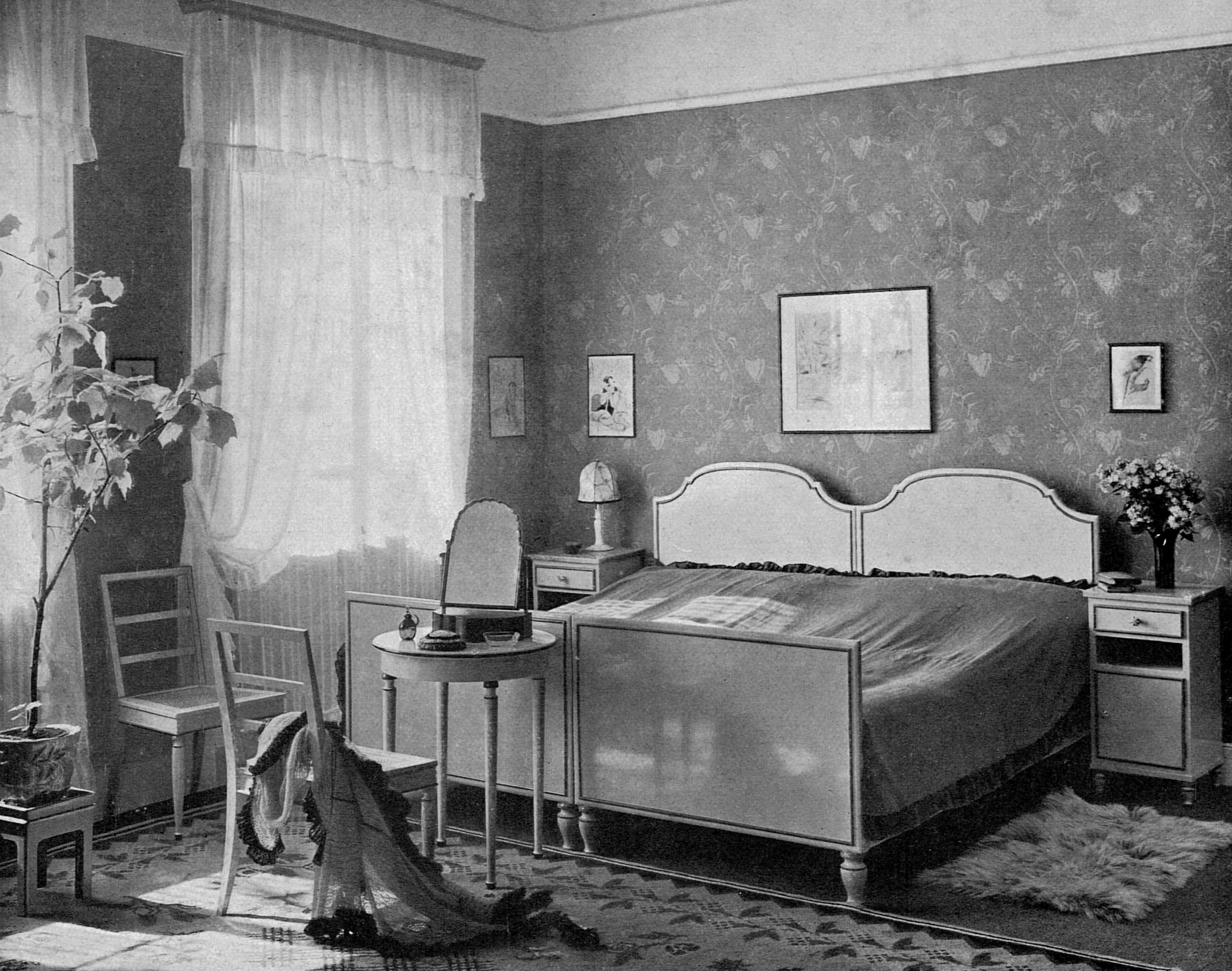Recognition of Female Designers
Acceptance of Women’s Abilities at Last
Around 1900, female designers were not only extremely seldom - they were also rarely appreciated. The classical role model often denied them their creativity and ability. They were not allowed to study at art academies, and their names were usually not mentioned when they were commissioned. Once again, our company founder, Karl Schmidt, was an exception. He saw the potential in many women and treated them considerably more fairly.

In the first decades of the 20th century, during Karl Schmidt's period of activity, 53 female designers were verifiably employed by Deutsche Werkstätten. Among them were women like Grete Wendt, who later founded the well-known arts and crafts manufacturer Wendt & Kühn with her fellow student Grete Kühn. Grete Wendt worked in the drawing studio at Deutsche Werkstätten from 1910 - at that time, the only woman among her exclusively male colleagues. In addition to textile designs, she also produced designs for furniture and furnishings for entire rooms. She wasn't the only young woman that Karl Schmidt gave such an opportunity to either.


Margarete Junge and Gertrud Kleinhempel, who had already worked for Schmidt a few years earlier, also demonstrated their skills in designing furniture. At the time, Schmidt was striving for sleek designs that were well suited to machine-made mass-produced furniture. Later, Junge even designed pieces for the renowned series 'Das deutsche Hausgerät' (The German Household Appliance) using this concept.
The designs appeared - quite unusually for the time - under the full names of the designers. Their designs were also presented at exhibitions as a matter of course. Karl Schmidt was far ahead of his time in this respect. too. Above all, he saw the creative potential of his employees - regardless of their gender and the prevailing understanding of roles at the time.
Photo Credits:
- Bertha Senestréy, 1920er Jahre, Familiennachlass
- Lisl Bertsch-Kampferseck, 1936, Familiennachlass
- Gertrud Kleinhempel, um 1905, © Historisches Museum Bielefeld
- Else Wenz-Viëtor, um 1930, Firmenarchiv der Deutschen Werkstätten Hellerau im Sächsischen Hauptstaatsarchiv
- Ulla Schnitt-Paul, um 1940, Privatbesitz Graf